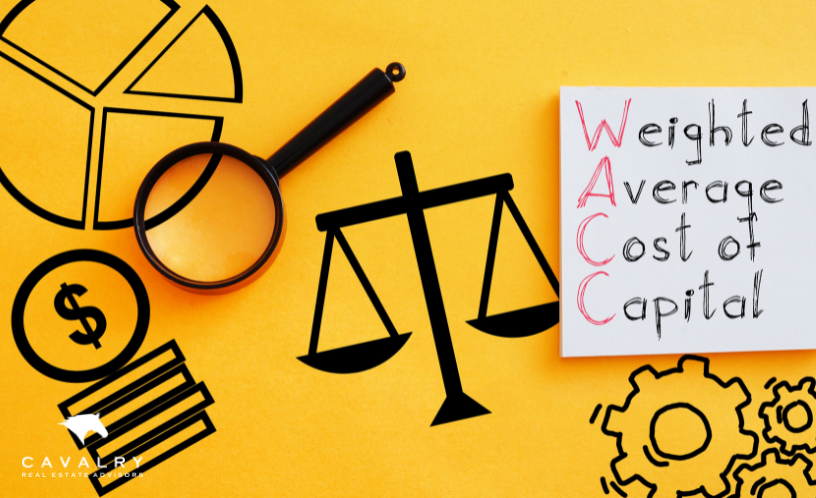Why Cap Rates are “WACC”

Appealing a commercial real estate tax assessment isn’t necessarily complicated, but it often takes some finesse. Take the cap rate for example. Arguing the cap rate will likely be the most controversial (and subjective) part of your negotiations with your assessor. Here’s what you should know as you formulate your argument.
Cap rate is a measure of risk/return. Assessors address it in blunt terms, which presents opportunities when appealing. Anytime you can convince an assessor that your property is inherently riskier than comparable properties and therefor deserves a higher cap rate, all other things being equal, your value will drop and you’ll cut your taxes.
But cap rates, like values, are an opinion. Because of this, it’s often difficult to move an assessor off of their cap rate assumption in a meaningful way. That is, unless there is a procedural or statutory requirement to do so (i.e., misclassification, uniformity, etc.).
However, the current rate environment is making it easier to win those arguments. I’ve successfully used the “WACC” argument during these types of rising rate environments to win appeals. Here’s how it works.
The concept of weighted average cost of capital (WACC) is a function of how much your debt and equity will cost you to get a deal done in the current market. For example: 60% debt at 6% interest + 40% equity @ 10% interest = 7.6% WACC. In short, you’re going to pay 7.6% to finance your deal. In this scenario, if the cap rate assumption used in your assessment is below 7.6%, then you most likely have an argument.
For that argument’s sake, say the assessor assumes a 6% cap rate on your property. They’re telling you that the expected initial return on an investment in a property like yours is 6%. But if your WACC is 7.6%, that means you’re already in the hole when you buy that property because your financing costs exceed potential returns. That disconnect is your opportunity and can be used to support a higher cap rate; lowering your assessment and tax bill.
In rising rate environments, cap rate “research and surveys” (i.e., what assessors base cap rate assumptions on) often lag behind actual, more realistic market conditions. Because of this, I’ve successfully used WACC as a proxy to cap rate assumptions to facilitate tax assessment reductions. So, next time you need a good cap rate argument, consider giving WACC a go.
BACK TO ARTICLES